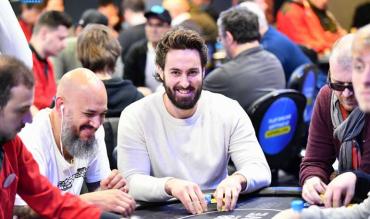A few years back, I had a conversation with a multi-millionaire. “I used to play poker,” he told me. “Until I reached a certain point financially, and it was no longer fun for me.” He became so rich he could no longer feel the rush.
While this may sound like #lifegoals for some, I’d like to posit that he’s missing out. Playing below your bankroll can be one of the best experiences – especially if you want to improve.
For those looking to up their game – technically and psychologically – micro and small stakes should be mandatory homework.
That Time My Dad Played The Micros
The first reason you should play smaller is that it’s not as exciting. It may – and should – feel like a grind. Since you don’t have the rush of big pots to focus you, playing the micros might be significantly harder.
That’s a good thing - like mental push-ups!
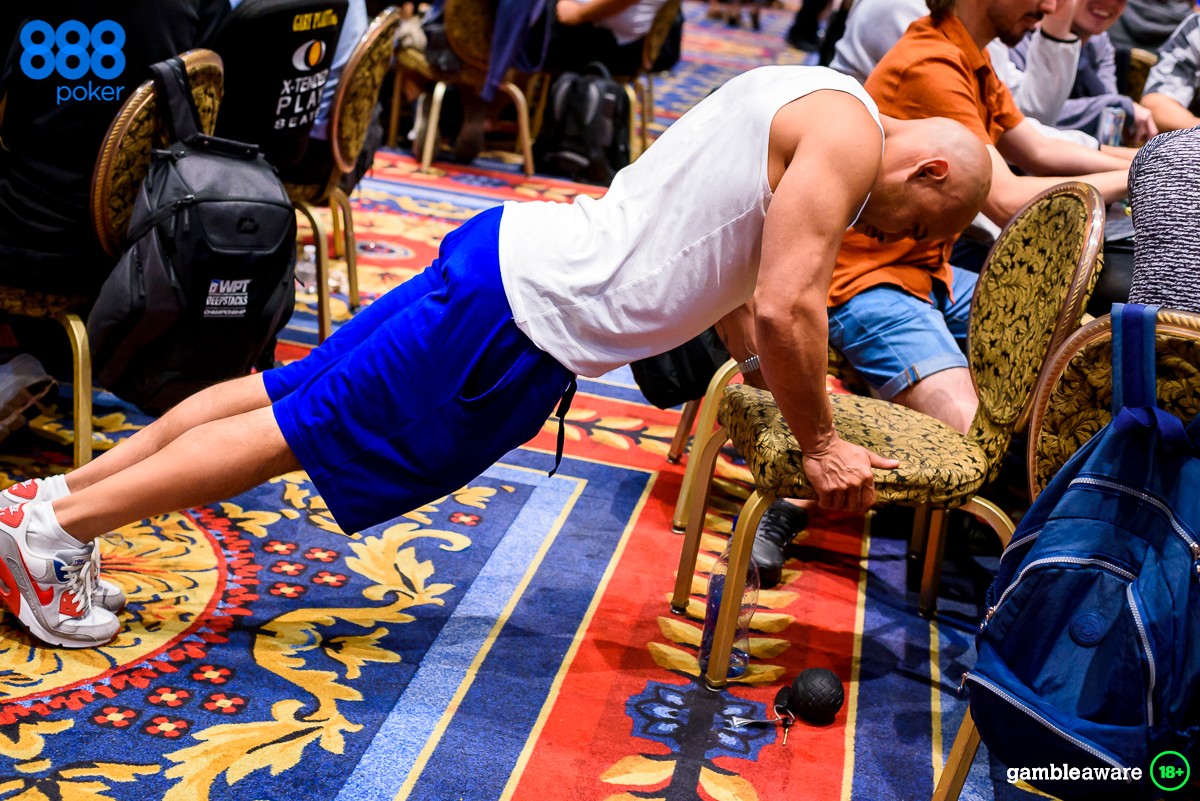
On a deeper level, it means you’re playing poker for the “right reasons” – exercising optimal decision-making.
Here’s a story as an example:
When I first started getting into playing tournaments, I invited my dad along with me. Typically, my dad plays cash. His usual game? Blinds at $5/$10. He regularly buys into games for $1k+.
But he realised he wasn’t accustomed to the game when he started entering poker tournaments with me. He didn’t quite “get” tournaments.
The strategy adjustments were foreign to him, and all he knew was that he wasn’t succeeding.
So, I set him up on an online poker account playing below the micros… freerolls!
The specific tournaments I advised him to enter had around 700-800 people and took roughly seven hours. Only the top ten got paid. Tenth received $0.55. What about first place? A whopping $2.55.
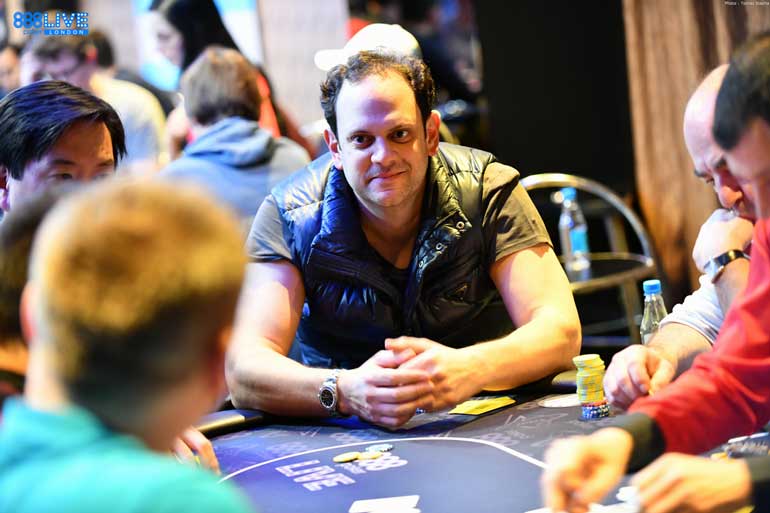
That’s it.
Remember that my dad’s typical game has pots ranging in the thousands.
But he played the freerolls.
- And played them.
- And played them.
- And played them.
Pretty soon I was getting texts from my mom asking, “What is your father doing on the computer all night?”
And it wasn’t long after that I started receiving texts from my dad saying, “I’m in the top twenty.”
“I’m at the final table.”
“I’m heads-up for the win.”
From The Micros to a WSOP Final Table
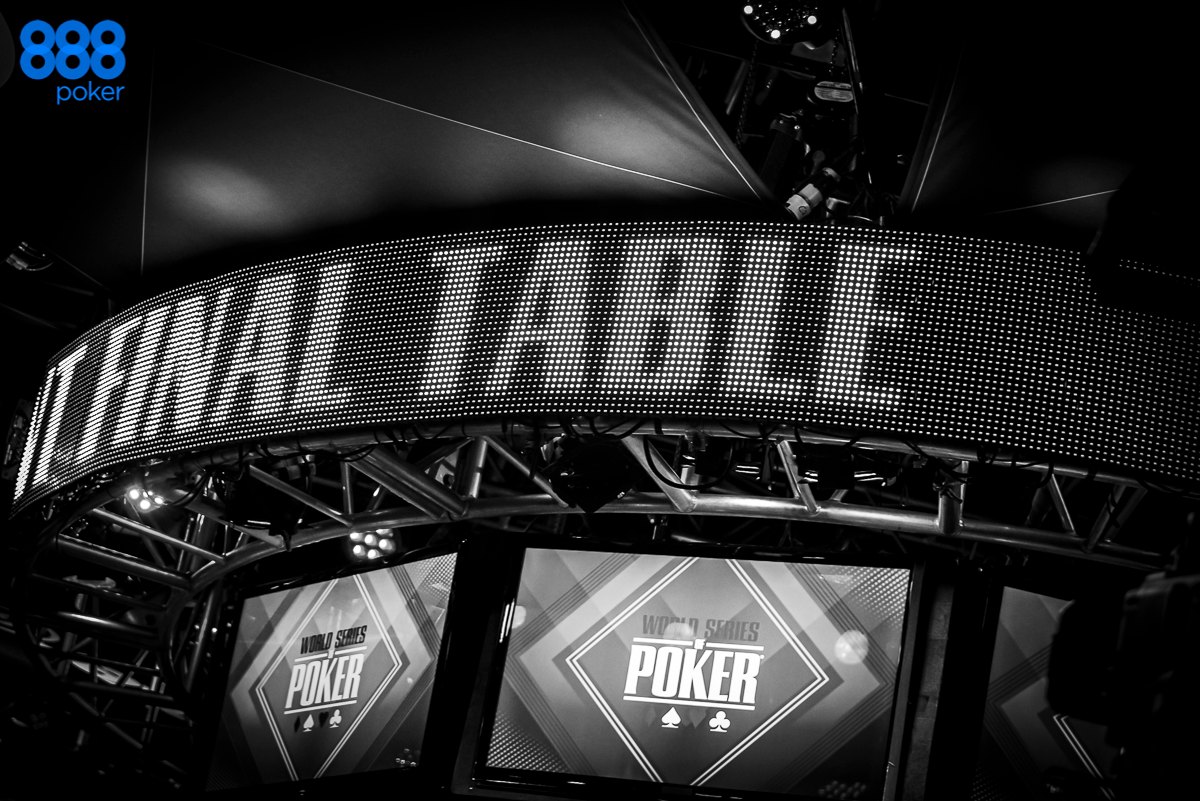
After about three weeks, he had more than four dollars in his account – a tremendous feat by anyone’s standards at those stakes.
He said two things:
- Playing for hours on end in a tournament gets anyone invested. Six hours in, you’re playing more seriously than the first forty minutes, even at the casino’s biggest game. No one wants to go that far and bust. Sometimes time investment matters more than financial investment (particularly after a certain point).
- He learned how to play a different poker strategy - in this case, tournaments.
My dad learned how to master tournaments by upping the aggression. It may make sense to fold a hand like Ace-Queen preflop in live poker. In a freeroll? Ace-Queen is the nuts! He was able to play hands with a lot more freedom.
The result? In 2021 we played the World Series of Poker Tag Team event together and took third place. Yes, third place at the WSOP!
Thanks to a series of freeroll tournaments, he could get into the rhythm of MTTs and play without fear.
If it weren’t for playing for quarters, he would have never been able to beat the game for tens of thousands.
And it wasn’t due to lack of bankroll either. It was due to an abundance of humility.
A Macro-Dose of Freedom
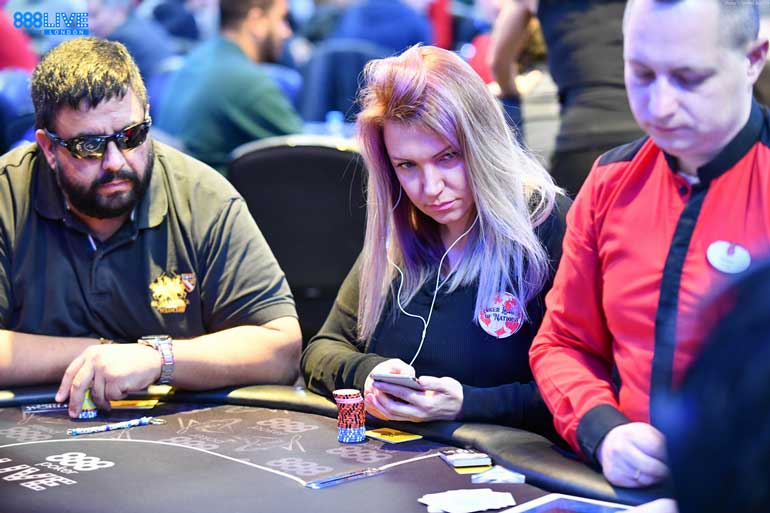
The great benefit of playing for small stakes is the sense of liberation. You can make moves without financial constraints. Try check-raising the backdoor flush draw with a gutshot. You might not do it for $250, but you undoubtedly would for $0.25.
Winning poker players hit specific aggression frequencies. You can’t maximise your edge unless you’re willing to make moves and get frisky from time to time.
But it can be hard to practice exercising your gameplay creativity when the monetary pressure is high.
You need to be able to make moves – and make mistakes – in a safe space.
This scenario applies doubly if you have a conservative, “I like to get things right” personality. If you’re inherently risk-averse, it’s crucial to break out of that comfort zone to succeed.
| Micros are a great environment to do so. (And if you’re a natural daredevil, small stakes will challenge you to keep it together.) |
Remember: if you’re never caught bluffing, you’re probably not bluffing enough!
The same goes for betting for thin value. You’re probably checking back frequently if you never accidentally value-bet with a worse hand than your opponent.
You’re not maximising your payoffs. To use slang from CrushLive Poker founder Bart Hanson, you need to “value-own yourself” every once in a while.
You’ll have more confidence to bet with a good but not great hand the lower in stakes you go. That’s an essential skill which rarely gets practised.
- It’s easy to bet when you have the nuts.
- It’s harder to bet when you think you have your opponent beat but aren’t 100% sure.
Small Stakes Soul-Reads
In today’s day and age of preflop charts and probability calculators, it’s sometimes easy to forget that poker is a game of reading people. “Show me your eyes, and you may as well show me your cards,” poker legend Doyle Brunson used to say.
So, what do you do when your opponent is wearing sunglasses… or sitting behind a computer?
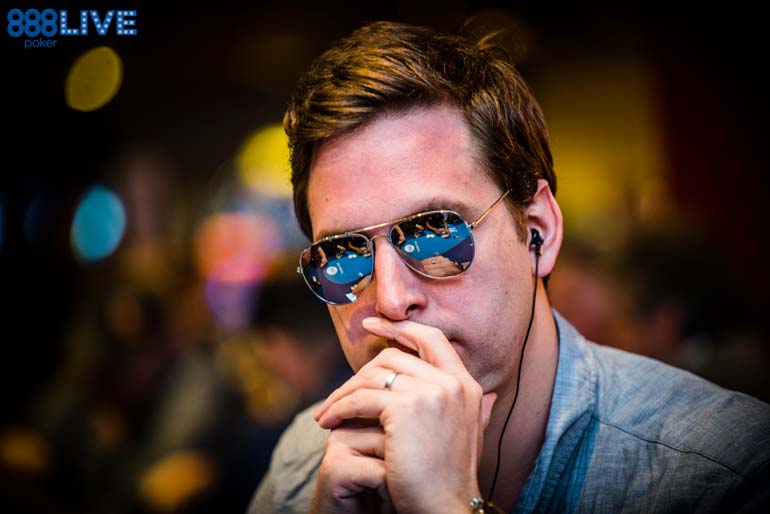
Reads still apply.
Annette Obrestad will go down in history for winning an online tournament – playing blind. She put tape over her screen so she couldn’t see her cards. And she still clinched first place.
Why did she do it? She said she wanted to prove a point about paying attention to your opponents and playing in position. Even when up against faceless avatars, she could still incorporate and rely on reads. (And she did this in a small stakes tournament too).
The biggest tell online is timing.
People tend to act unbalanced with the amount of time in their decision-making. If you can recognise patterns online, based on their pacing, you can tell if they have it or not.
It can be scary and unfamiliar territory when you’re new to learning on live reads. But it’s extremely critical. You may not have the guts – or bankroll – to not look at your cards at a casino. But you may be able to copy Annette and do it online when you’re playing for low buy-ins.
This strategy will dial you in and accelerate your growth better than many training modules.
Another benefit is that the smaller in stakes you go, the more clues people will give off regarding the strength of their hand, both online and live. Inexperienced players are unbalanced and tend to play their hands “face-up.”
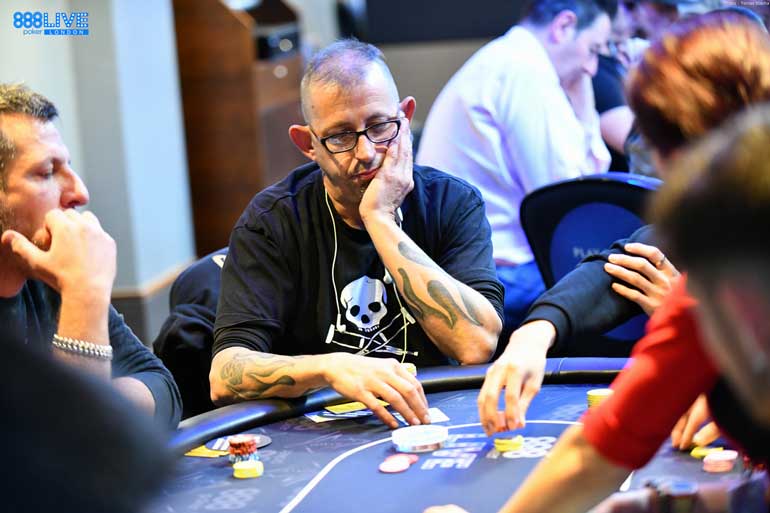
Whenever I try to decipher body language better, I sit down at the lowest stakes game in a casino. The tells there are the most exaggerated.
- People are more relaxed when playing these games.
- They are less conscious – or less caring – of the impact of their body language.
- Their lack of guardedness and self-censoring makes tells easier to spot.
You will develop pattern recognition when you start seeing the same giveaways repeatedly. This perception will morph into intuition. You’ll begin to get a “hunch” whether someone hits the turn card.
And you’ll be able to develop this far more quickly when playing in environments where people are less composed. The tells will be more obvious.
People are more likely to give off signals without trying to maintain a poker face.
- Learn to categorise these displays when they are over the top and outlandish.
- They will come in handy later when dealing with the same more subdued reaction at higher stakes.
Finally, listening to your gut can be hard to do. But when you’re playing smaller stakes, you can make bigger reads.
Utilise the environment of small stakes to elevate your game at any buy-in level.
Sometimes less is more!
